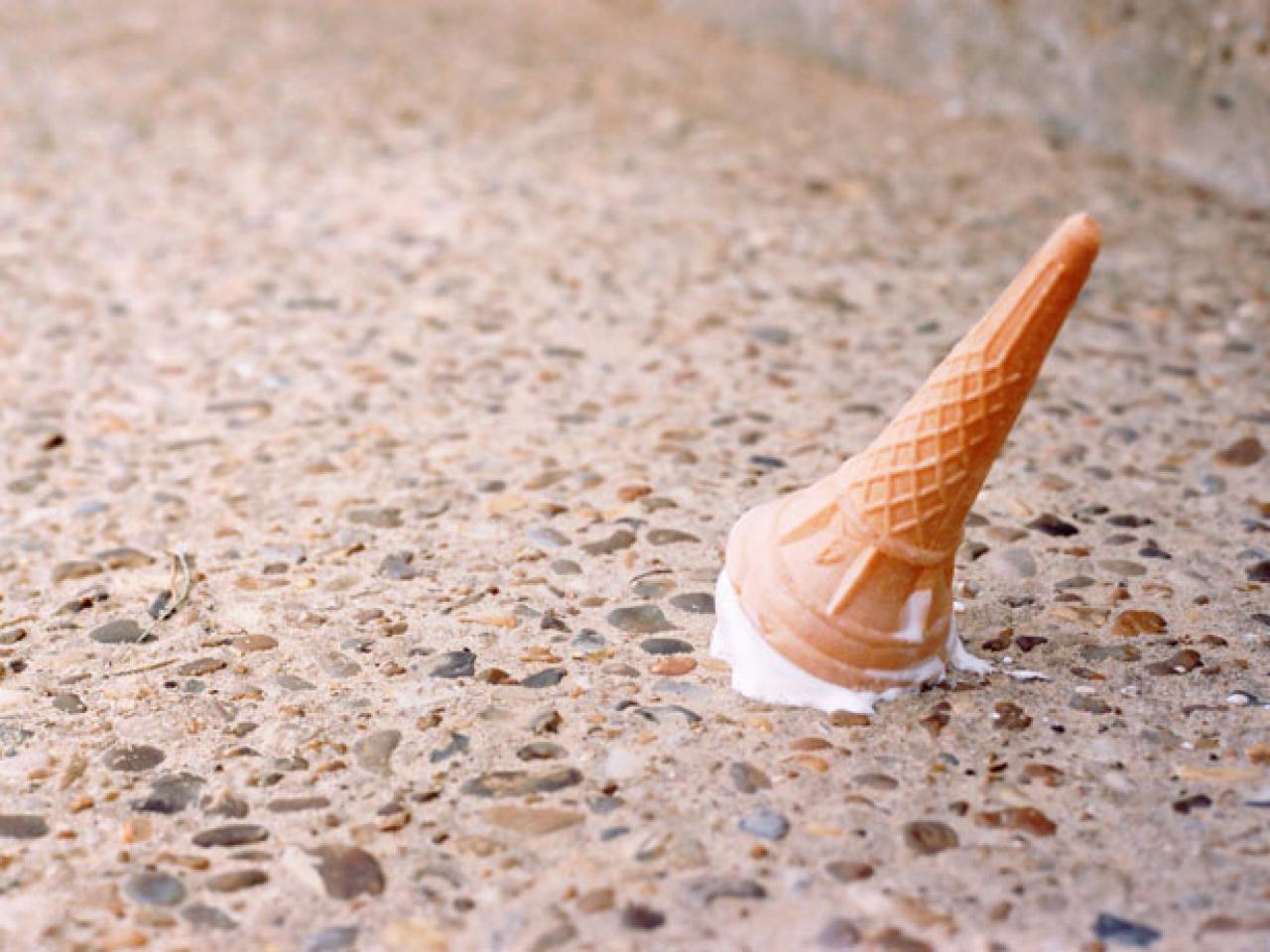
Depending which types of bacteria climb on board in those few seconds, it. The wetter the food, the higher the risk of transfer.

This urban food myth contends that if food spends just a few seconds on the floor, dirt and germs won’t have much of a chance to contaminate it.
Is the 5 second rule for food true. “people really want this to be true,” shaffner says. Moisture drives the transfer of bacteria from surface to food; Kind of common sense, right?
Food retrieved just a few seconds after being dropped is less likely to contain bacteria than if it is left for longer periods of time. There may be some actual science behind this popular deadline for retrieving grounded goodies. There appears to be no scientific consensus on the general applicability of the rule, and its origin is unclear.
This experiment will evaluate whether there is any truth to this theory. If you drop food on the floor, it’s still okay to eat it, as long as you act quickly and pick it. We all eat food off the floor.”.
To find out if that’s true, we start with a hypothesis — a statement that can be tested. The article “to eat or not to eat: Even if you pick up dropped food super fast, bacteria can attach to it.
By larry greenemeier on march 25, 2014. It goes something like this: After testing, they found that the ‘rule’ was mostly a myth.
Most of us have heard it: Many of us follow this rule without knowing whether it is true and supported by scientific evidence, or whether it is just a myth passed down through generations. Rutgers university researchers have disproven the widely accepted notion that it’s okay to pick up food and eat it within a “safe” five second window.
Research in my lab has focused on how food and. The wetter the food, the higher the risk of transfer. However, the type of food and the type of surface greatly impacted the bacteria transfer.
Don’t worry about the antibacterial soap ban; Perhaps the value of the five. You will use agar plates to test if picking up fallen food from the ground in five seconds prevents the.
The short answer is yes. As an experiment, nasa engineer mike meacham offered up cookies to strangers in a park. You may not want to pick up and eat food once you've dropped it on the ground.
Depending which types of bacteria climb on board in those few seconds, it. According to dawson, when food falls on the floor (or any surface, for that matter), its level of contamination is mainly determined by the dirtiness of the floor, rather than the length of contact. This urban food myth contends that if food spends just a few seconds on the floor, dirt and germs won’t have much of a chance to contaminate it.
“there is no ‘safe’ amount of time when no. The confusion lies in the fact that some environments and surfaces are safer than others. The less time food spends on the floor, the fewer bacteria it picks up.
Foodborne illnesses, from salmonella and other bacteria, can cause nausea, vomiting or diarrhea and can even be deadly. In some instances, the transfer.